Stalin, Siberia and the Crisis of the New Economic Policy
This 1991 book makes an important contribution to the evaluation of the origins of Stalinism. Although it is widely acknowledged by Western scholars that the Soviet grain crisis of 1927â8 and Stalin's Siberian tour of January 1928 were crucial factors in the decision to abandon the New Economic Policy (NEP) and return to a more ideologically rigid policy of collectivisation and rapid industrialisation, studies have hitherto concentrated on the role of leading personalities and 'high politics'. In this book, Dr James Hughes presents an in depth examination of the crisis of the NEP from the regional perspective of Siberia and analyses the events and pressures 'from below', at the grassroots level of Soviet society. Using publications of the Siberian party and statistical investigations of the countryside, Dr Hughes offers insights into several largely uncharted features of the Soviet system in these years.
{{comment.content}}
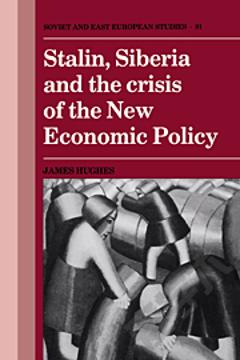
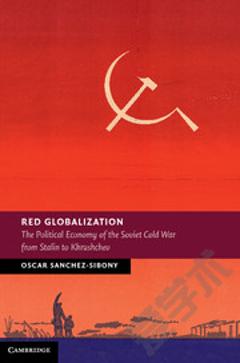


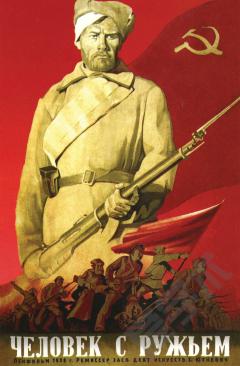
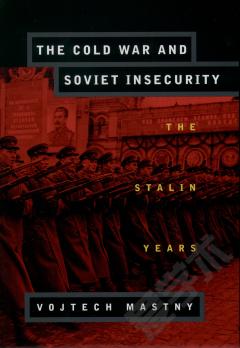
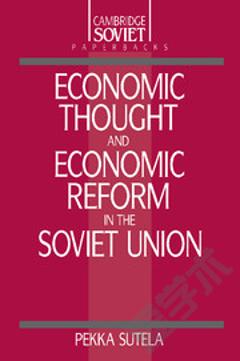

 京公网安备 11010802027623号
京公网安备 11010802027623号